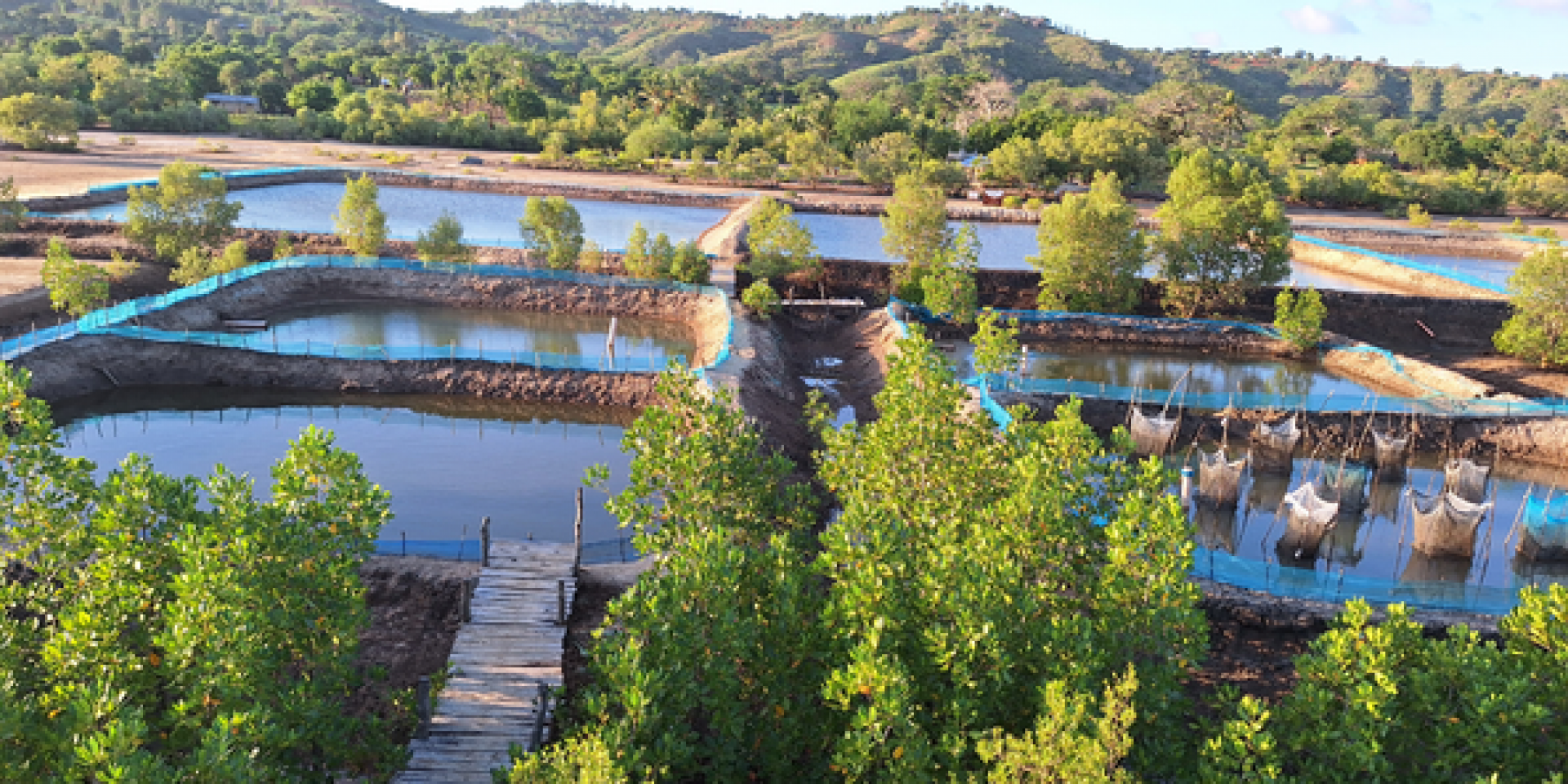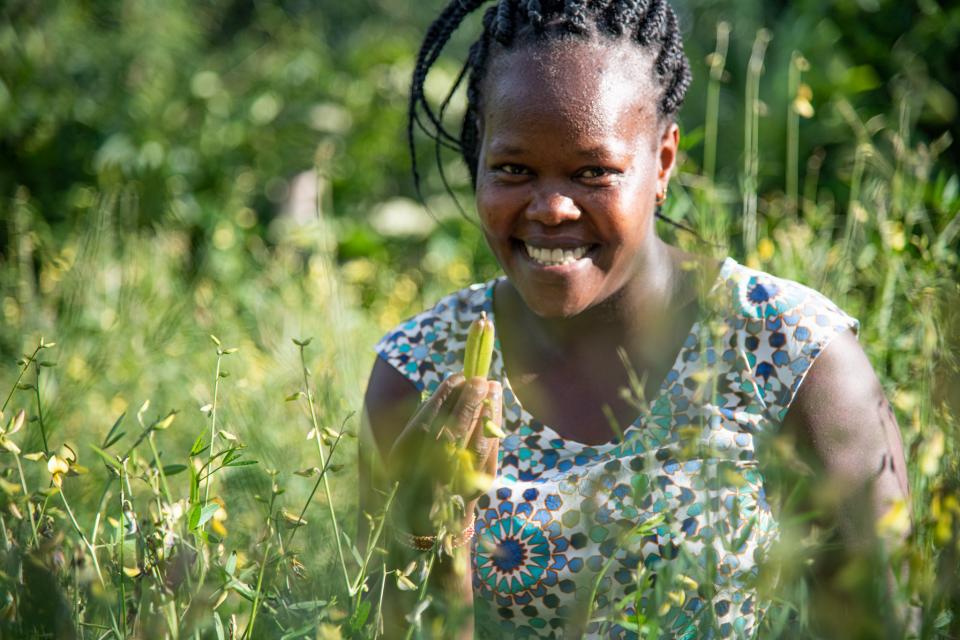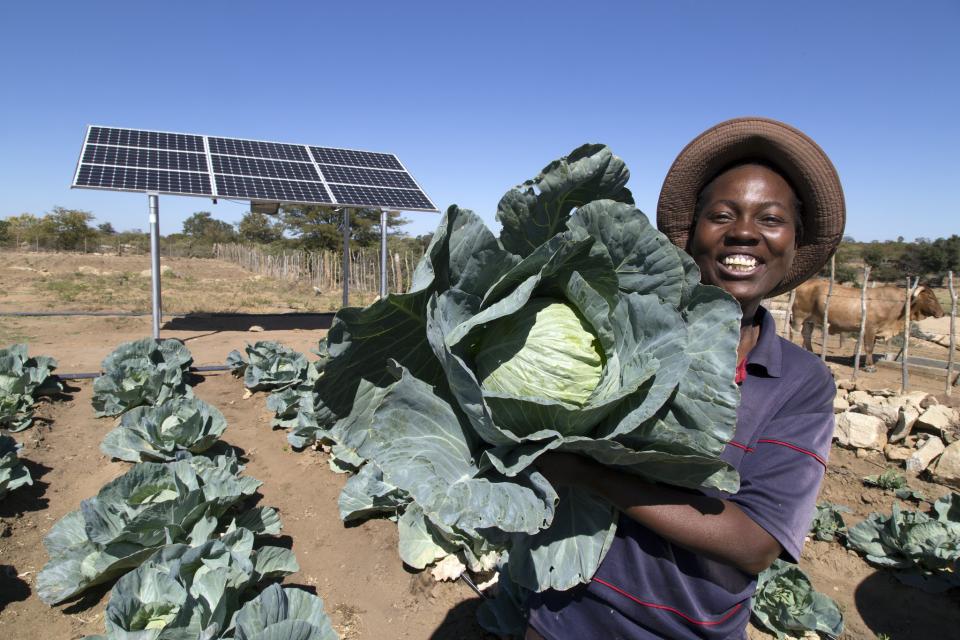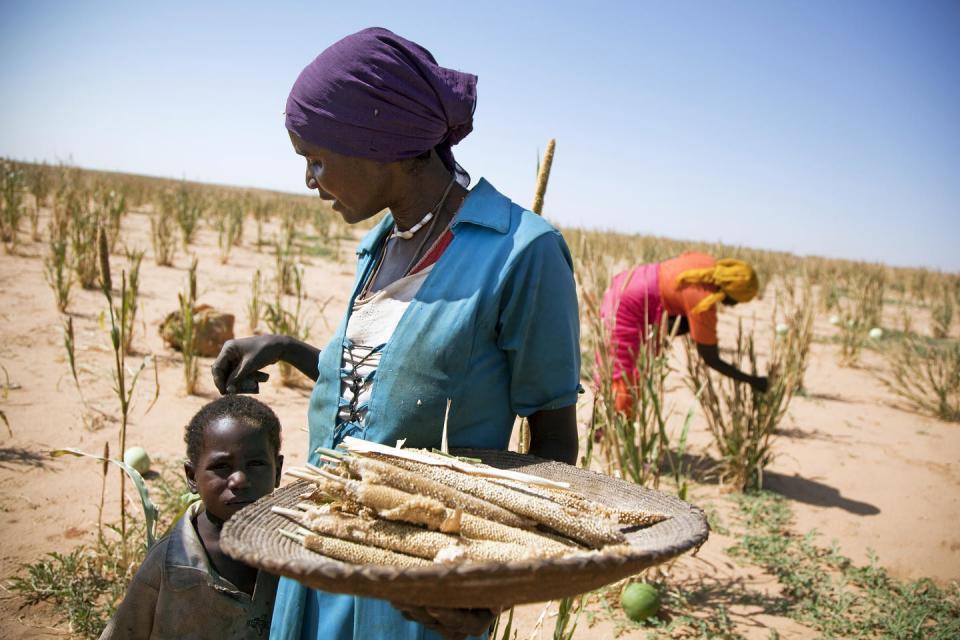Top 10 reads on gender and fisheries and aquaculture

A series of recommended reading lists provide starting points for researchers, students, practitioners and others looking to dive deeper into research on gender and a wide variety of topics.
In this list, we take a closer look at recommended reading on gender and fisheries and aquaculture.
Over the past decades, a burgeoning body of literature has begun investigating the gendered dynamics of the increasingly commercialized and globalized aquatic foods. While in no way exhaustive, the 10 papers presented here each provide different conceptual, methodological and/or empirical insights that have contributed to a broader, deeper and more nuanced understanding of inclusion, equity and empowerment in the context of aquatic food value chains.
Setting the stage
#1
“Women in aquaculture” sets the stage to understand gender equality issues in aquaculture. This read is brief and concise, giving the reader a quick idea of the state of gender in aquaculture. The authors provide us with quick facts and emphasize that “women’s opportunities in aquaculture have not kept pace with the rapid growth of the sector.”
#2
The paper “Gender and aquaculture value chains: A review of key issues and implications for research” details key issues in gender in aquaculture value chains and provides clear research gaps.
Targeting gender equality and women’s empowerment in value chains is based on: (1) a social justice argument, i.e., “men and women hold equal rights to benefit from development”; (2) a mutual relationship between gender equality and development; and (3) that gender inequality leads to inefficiencies. Women’s involvement in small-scale aquaculture leads to increased productivity.
This extensive literature review sheds light on the position of women in aquaculture based on five distinct domains—all of which display gendered heterogeneity in age, region and extent of disempowerment. The next research frontier suggested in the paper is about bridging gaps such as limited sex disaggregated data in the value chain, particularly in distribution of the benefits, and research-based analyses of impacts of gender imbalances in the value chain. The authors highlight that gender literature in aquaculture is still scanty, and that the aquaculture value chain data is often aggregated with catch fisheries, especially for the nodes downstream from production.
#3
Focusing on Asia, the authors of “Women and men in small-scale fisheries and aquaculture in Asia” advances the discussion on the position of women in aquaculture. It collates extensive literature on gender issues in aquaculture.
The report’s findings affirm that even within a region, the position of women in the value chain varies. For instance, while women in China may participate in all the value chain’s nodes, the same may not apply for women in India and Bangladesh. The authors find that there are data gaps and, this influences the people that programs target, policies, and technological transfer, among others.
The report also examines issues in mariculture, which is still an understudied area in the aquaculture sub-sector. An interesting finding in this report is that aquaculture, when equitable, can benefit women more that men. The authors outline policy, technology and packaged holistic support as significant entry points for equality in aquaculture.
#4
Based on existing literature and understudied gender concepts, the authors of the paper “Humanizing aquaculture development: Putting social and human concerns at the centre of future aquaculture development” chart a new course in equitable aquaculture by extending the gender literature into human rights, and including youth and indigenous people.
The message is advanced that the aquaculture value chain is gendered, not only in the global South but also in the global North, and that high-quality gendered data is lacking. They point out further gaps in gender research in aquaculture including impacts of technology advancement, power relations, labor and governance issues.
Of critical importance to include in this new research frontier is the understanding that youth’s engagement in aquaculture “does not equate to [them having] jobs”—the position that the youths occupy in aquaculture is not yet clear. The authors argue that participation of the youth in the sector should not be oversimplified.
So what? Suggested steps forward
The literature in this section calls for use of both gender-accommodative approaches and gender-transformative approaches to address the inequalities in aquaculture.
#5
Addressing the legal and social frameworks constraints that limit women’s and youth’s full participation in aquaculture is ideally approached at social institutions and policy level, as shown in “Gender action plans in the aquaculture value chain: what's missing?”.
#6
The paper “Gender accommodative versus transformative approaches: a comparative assessment within a post-harvest fish loss reduction intervention” provides an analysis by comparing the impact of gender-transformative approaches and gender-accommodative approaches among women in the post-harvest segments of the value chain. While gender-accommodative approaches attempt to address the technical barriers of women’s participation in aquaculture, gender-transformative ones address the underlying social constraints.
#7
Ensuring that innovations are inclusive is also a crucial step in advancing gender equality in aquaculture, as shown in the paper “Expanding the horizons for women in fisheries and aquaculture.” To do so, the authors detail that innovations must be accompanied by an understanding and addressing of the social norms that may inhibit women from applying the innovations.
#8
The infographic in “Gender Transformative Approaches: Transforming food systems to advance equality” summarizes the use of gender-transformative approaches to enhance gender equality for women in aquaculture and other aquatic food systems by addressing social norms that limit them participating in and benefiting from the value chain. The transformation would emanate from engaging women and men to create awareness of the existing gender norms, recognize existing intersectionality in the social norms, and create a safe space for transforming those identified social norms.
Measuring equality and women’s empowerment in fisheries and aquaculture
#9
The guidance notes for the Women’s Empowerment in Fisheries and Aquaculture Index (WEFI) tool provide a clear guide on applying the recently developed WEFI to assess the state and impact of interventions on empowerment. WEFI is a standardized index that allows temporal and spatial comparisons of women’s empowerment and gender equality.
#10
This read on “Qualitative tools for the Women’s Empowerment in Fisheries and Aquaculture Index (WEFI)” collates the qualitative tools to assess gender equality and women’s empowerment in aquaculture and fisheries. The document comprehensively provides a number of methods from different sources that can be adapted to aquaculture. The authors also provide easy-to-understand details on how to prepare for data collection, how to implement the tool, and even how to analyse the data collection.
#11
This bonus read—“Adapting the WEAI to explore gender equity among Fishers, Processors, and sellers at Zambia’s Lake Bangweulu”—is a favourite of mine, because of its innovation. It was innovative because it was one of the first papers to successfully attempt to adapt WEAI for aquaculture and fisheries, although papers have since used the full WEFI tool.



